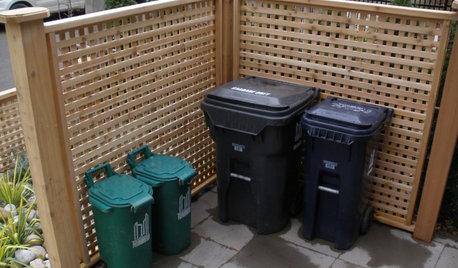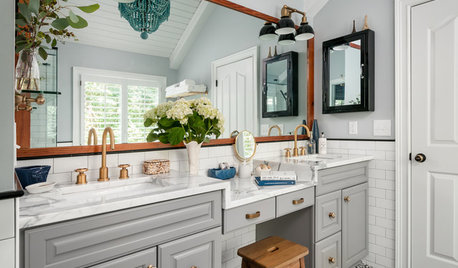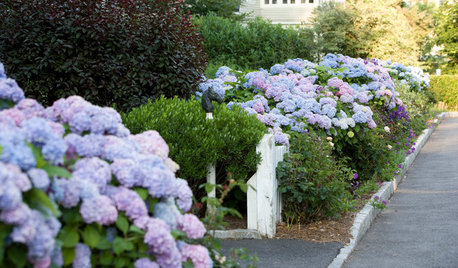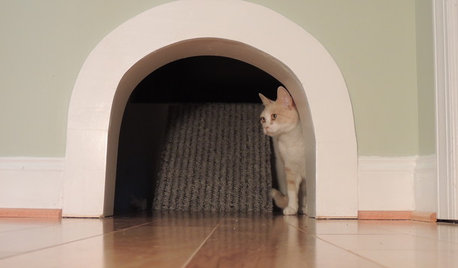How can I give shiners a place to hide from predatory fish?
Lucas Moss
last year
Related Stories

FUN HOUZZEverything I Need to Know About Decorating I Learned from Downton Abbey
Mind your manors with these 10 decorating tips from the PBS series, returning on January 5
Full Story
THE POLITE HOUSEThe Polite House: What Can I Do About My Neighbors’ Trash Cans?
If you’re tired of staring at unsightly garbage way before pickup day, it’s time to have some tough conversations
Full Story
BATHROOM MAKEOVERSWhat I Learned From My Master Bathroom Renovation
Houzz writer Becky Harris lived through her own remodel recently. She shares what it was like and gives her top tips
Full Story
FEEL-GOOD HOME12 Very Useful Things I've Learned From Designers
These simple ideas can make life at home more efficient and enjoyable
Full Story
ROOM OF THE DAYMaster Bedroom Decor That Can Move From the Suburbs to the City
Transitional style, subdued color and modern lines give this inviting San Francisco-area room versatility
Full Story
DECORATING GUIDES9 Lessons We Can Learn From Drawing Rooms
Let these formal rooms inspire you to create entertaining spaces that encourage conversation, music and games
Full Story
FLOWERSWhy You Should Give Hydrangeas a Place in Your Yard
The exuberant mop-headed beauties evoke dreams of an endless summer by the sea
Full Story

PETS15 Design-Friendly Places to Hide the Cat Litter Box
Built-in solutions include putting it in a cabinet, under the stairs, behind a wall and inside a window seat
Full Story
LIFEThe Polite House: How Can I Kindly Get Party Guests to Use Coasters?
Here’s how to handle the age-old entertaining conundrum to protect your furniture — and friendships
Full StorySponsored
Your Custom Bath Designers & Remodelers in Columbus I 10X Best Houzz




sultry_jasmine_nights (Florida-9a-ish)
Lucas MossOriginal Author
Related Discussions
How can I hide a 100 gallon Propane Tank - PICS?
Q
Hiding places for my fish
Q
How Can I Keep Copperheads From Hiding Under My Landscape Rocks?
Q
How to make fish not taste like fish
Q